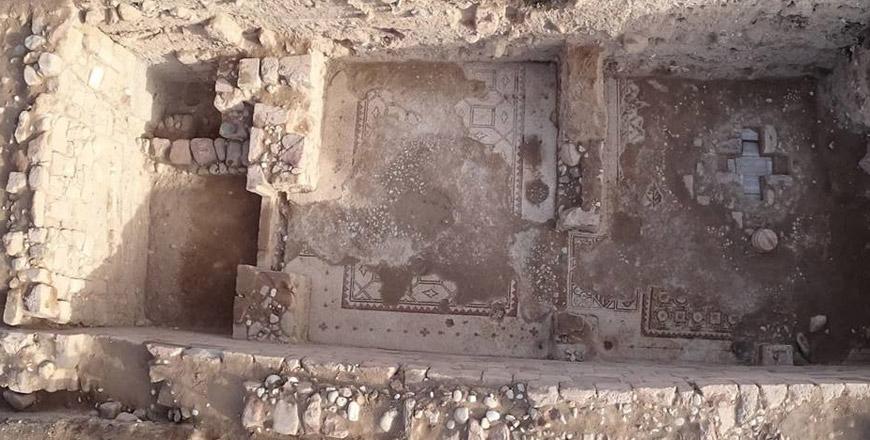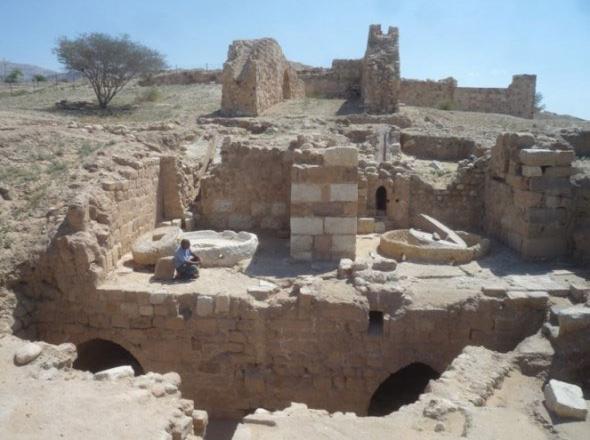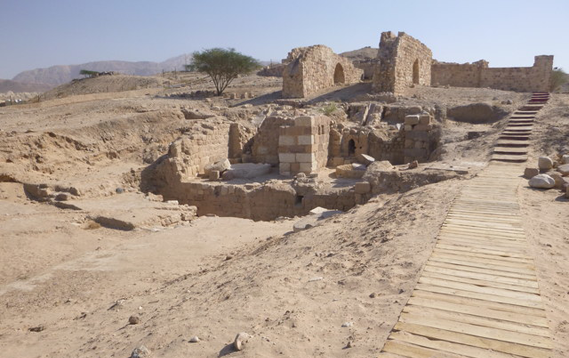You are here
Veteran archaeologist explores Jordan’s ancient sugar industry
By Saeb Rawashdeh - Sep 21,2016 - Last updated at Sep 21,2016

Konstantinos Politis
AMMAN — Greek archaeologist Konstantinos Politis is a familiar face among many local and foreign researchers in the Kingdom; he has been excavating in Jordan for more than 30 years.
“I’m very happy, honoured and privileged to have worked in one of the most interesting areas of the world for so long,” the scholar told The Jordan Times in a recent interview.
Politis, chairman of the Hellenic Society for Near Eastern Studies, has recently focused on sugar production at TawahinSukkar in Ghor Al Safi, modern-day Karak, on the southeastern end of the Dead Sea.
There is clear evidence of massive sugar production across the whole Jordan Valley, for export to Europe during the Middle Ages, according to Politis.
“Sugar canes originated from South East Asia, particularly India,” the scholar explained, adding that Alexander the Great’s generals in India were the first Westerners to come across sugar, calling it “honey from reeds”.
In early Islamic times, Zughar was a very important commercial town due to its agriculture and industrial sugar production.
Based in Damascus, the caliph collected money and sugar from the Jordan Valley, “which was one big factory”.
“The agricultural system that was introduced to the area during the Greco-Roman period continued to thrive during early Byzantine and early Islamic times, when new techniques were introduced from Persia and India.
“This persevered until the 15th century and saw a total collapse during Ottoman rule,” said Politis.
The archaeologist is continuing his work on the ancient sugar industry, supported by USAID’s Sustainable Cultural Heritage through Engagement of Local Communities Project.
“We are going to upgrade the presentation of the sugarcane industry in Ghor Al Safi at the Museum at the Lowest Place on Earth,” Politis said.
The plan is to build a prototype of the original sugar mill from the mediaeval era, with rooms for boiling and crystallisation, he added.
The Dead Sea Valley was a populated and developed area in ancient times, with settlements dating back over 12,000 years, according to the archaeologist.
Due to Wadi Al Hasa’s water supply and fertile plains, agriculture was well-developed and could feed a large population, he explained.
At various times in history, the Dead Sea area came under the political influence of Egyptian kingdoms, which expanded east by military conquests, leaving behind material evidence like pottery.
The territory of the Jordan Valley was ruled by local vassal kingdoms that were either affiliated with Egyptian or Mesopotamian political centres, he elaborated.
“There are hundreds of thousands of graves in the area,” Politis stressed, “dating back to the Early Bronze Age (about 3,000 BC)”.
On the southern edge of Wadi Al Hasa, “there are walls with potential archaeological settlements of that period”, he noted.
However, there is no evidence from the Late Bronze Age in Ghor Safi, unlike sites in the Jordan River Valley, such as Pella and Amman, which had the direct trade route and links with Haifa and other Mediterranean ports, Politis said.
Related Articles
AMMAN — Modern Ghor Safi, located at the southeastern end of the Dead Sea near the lowest point on earth, has been populated for over 12,000
AMMAN — “Tomb looting became endemic in the 1970s and 1980s in the area of Ghor Safi, and my role has been to preserve and document as much
IRBID — Zoara, or modern-day Ghor Safi, was as an important commercial metropolis according to Roman and Byzantine written sources, said a G














